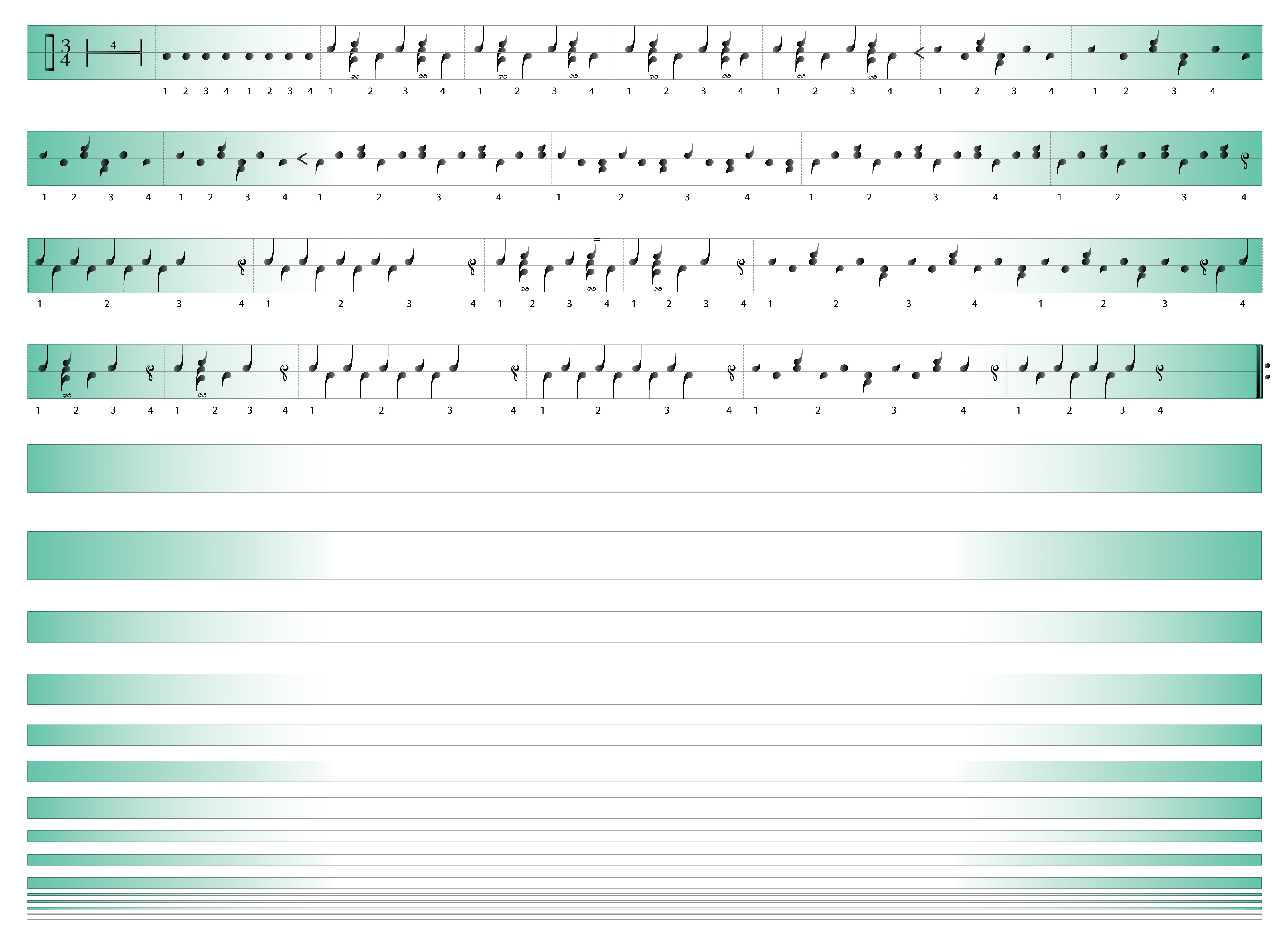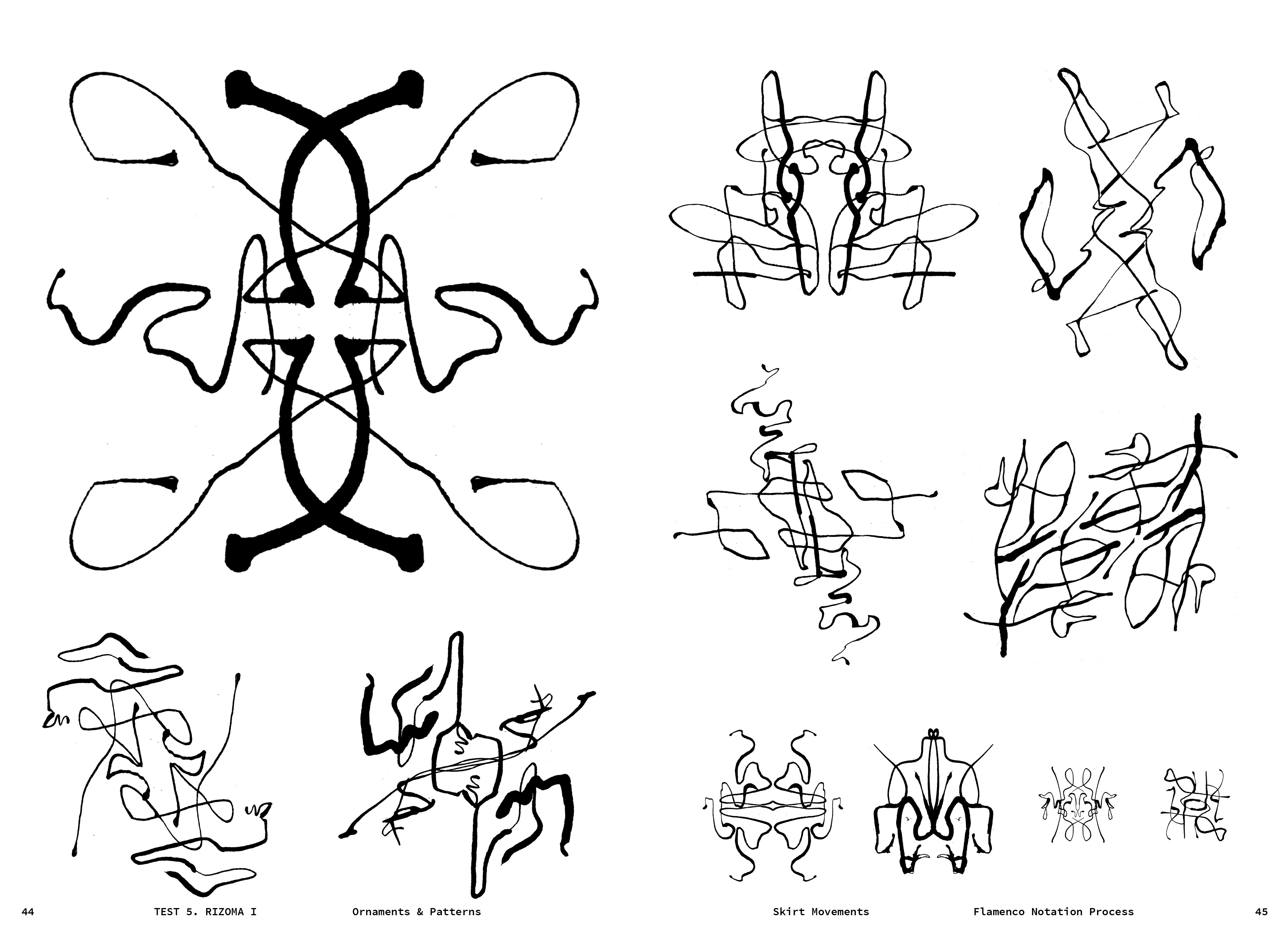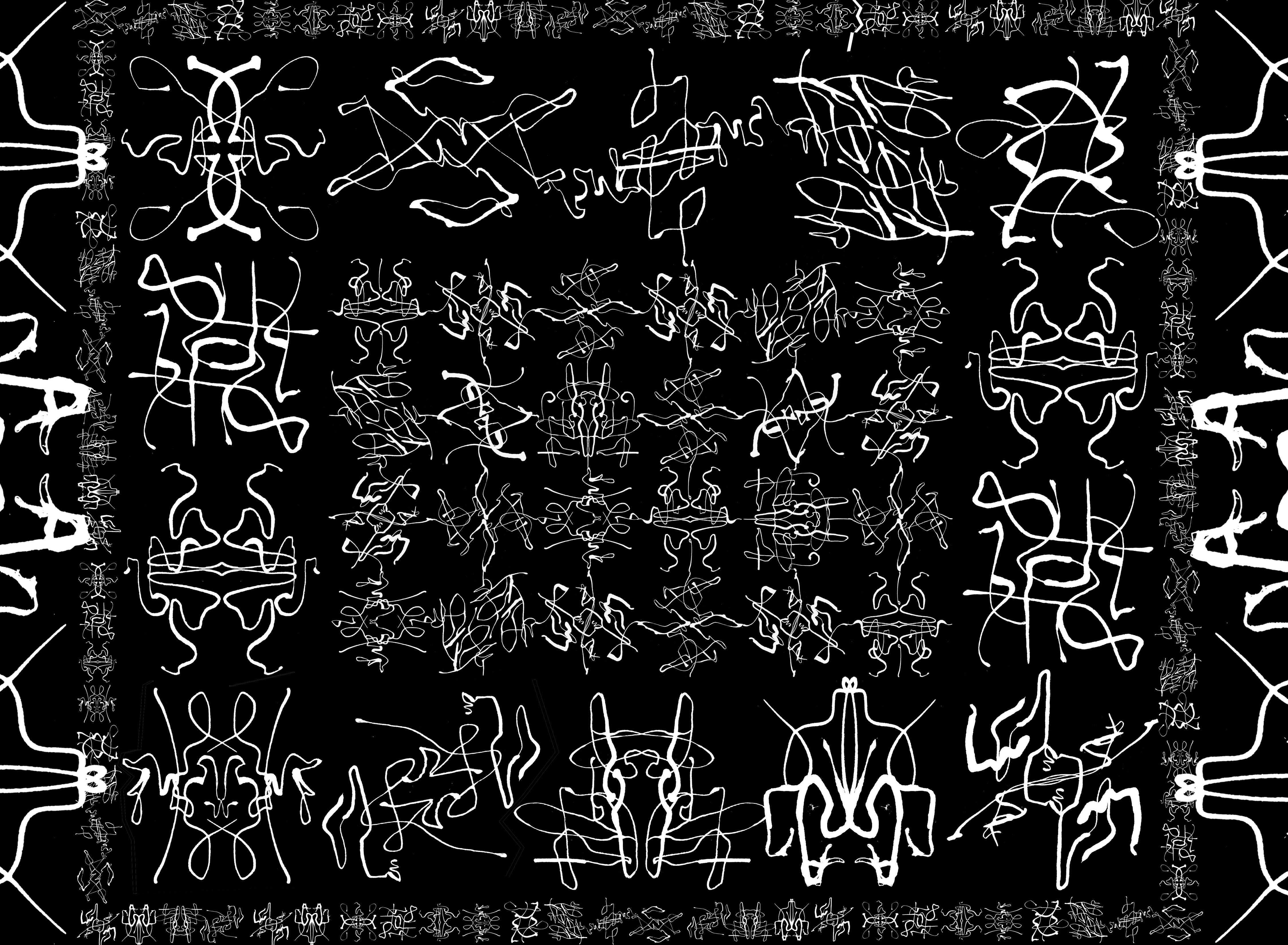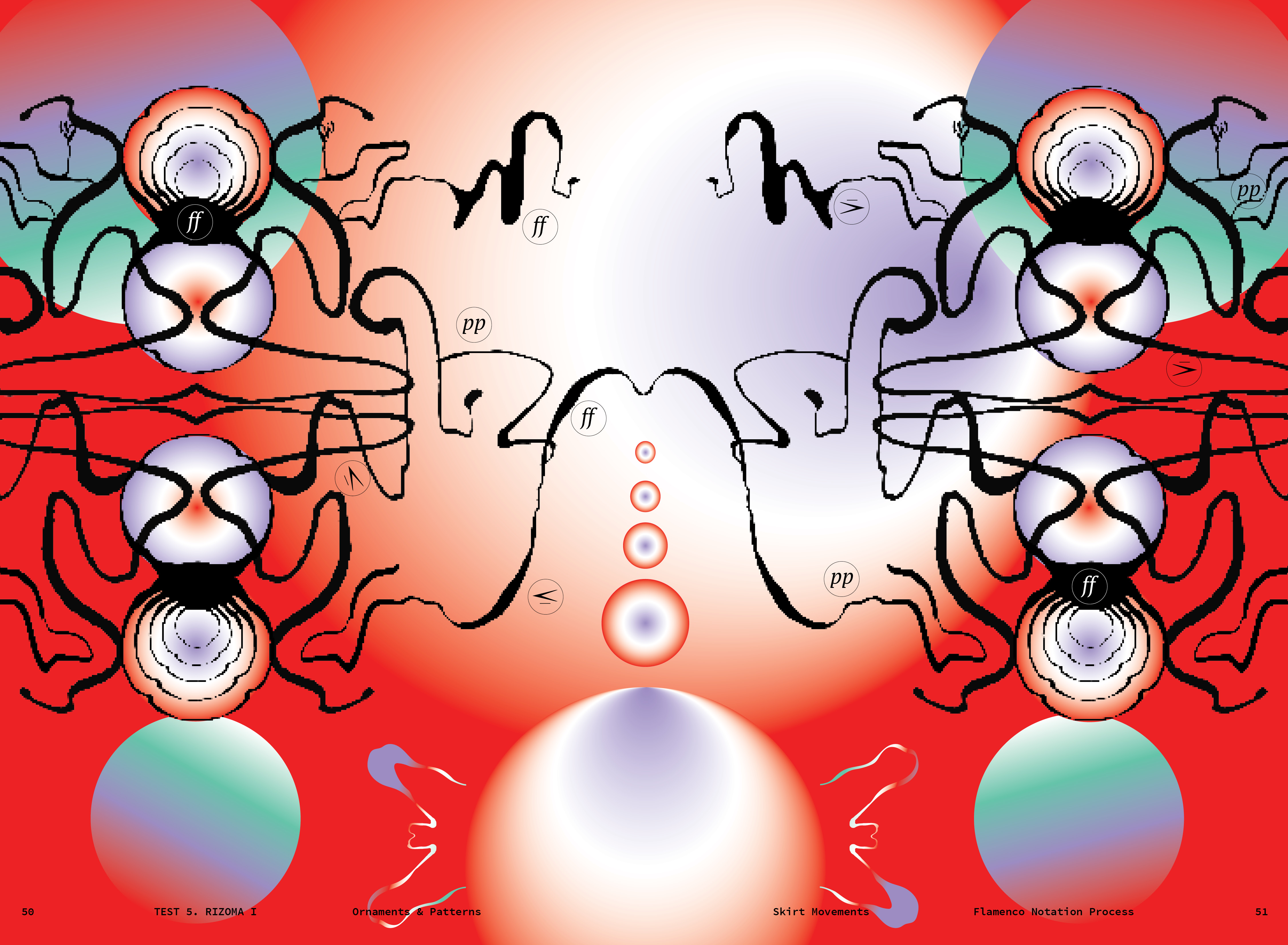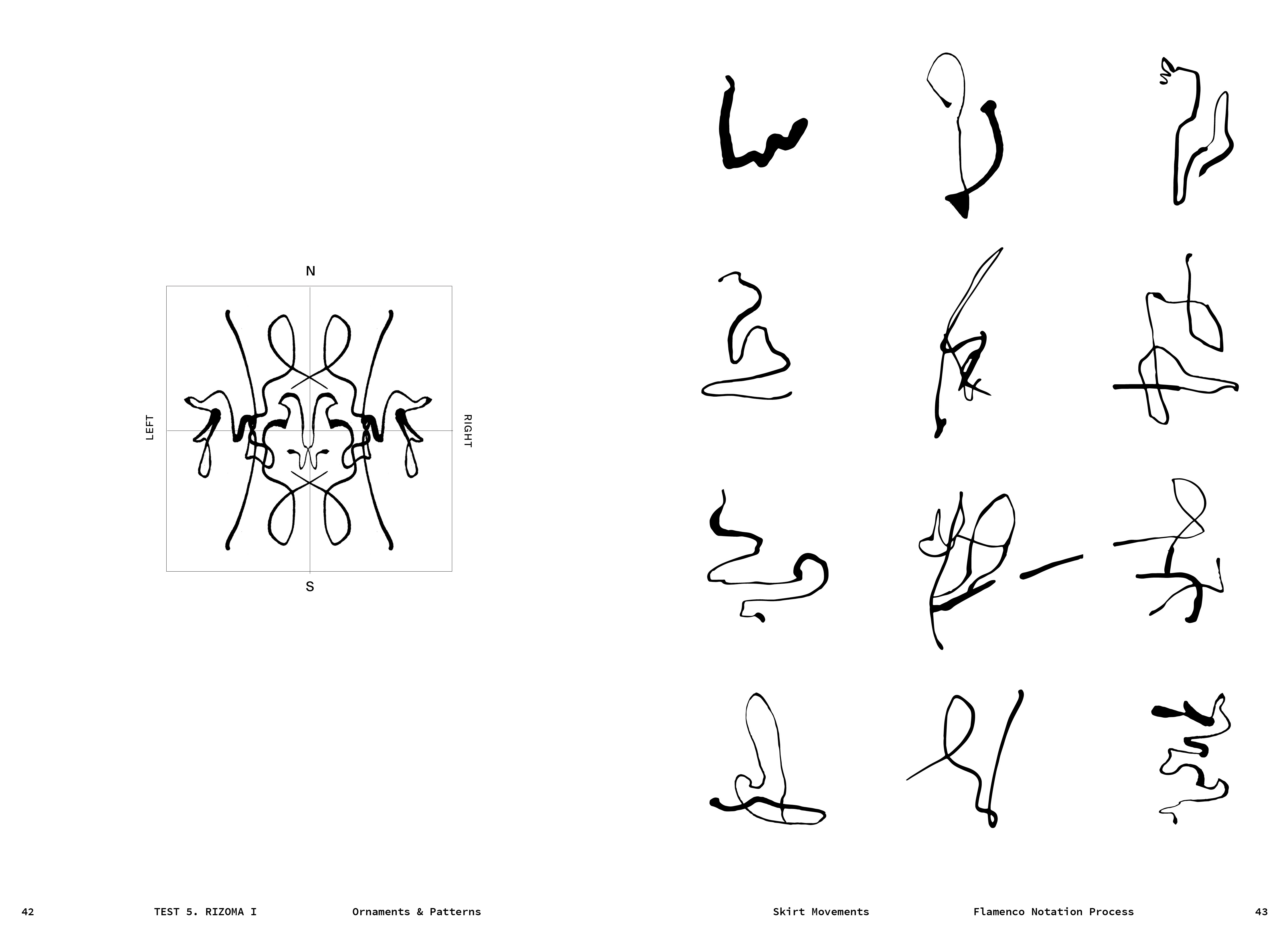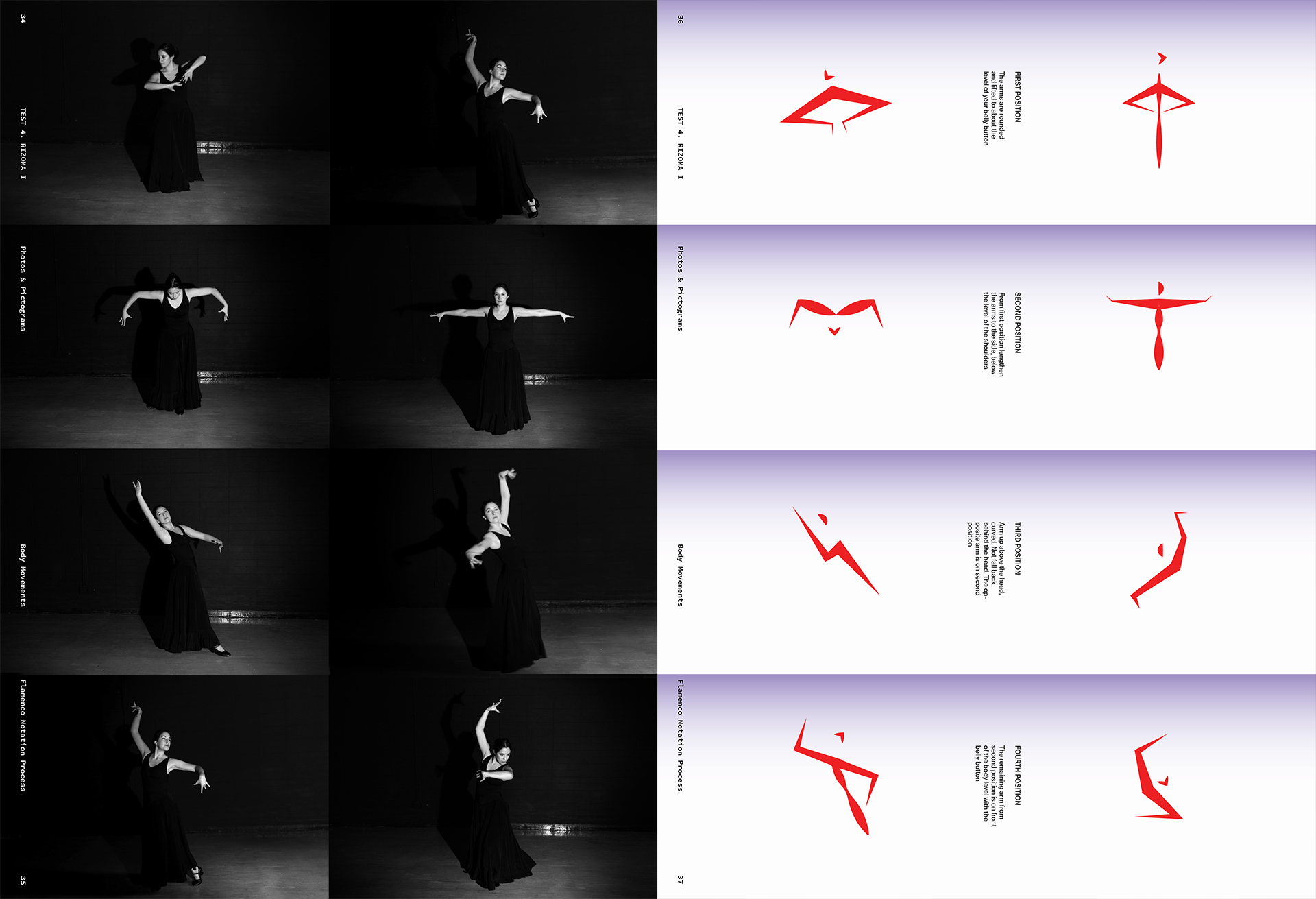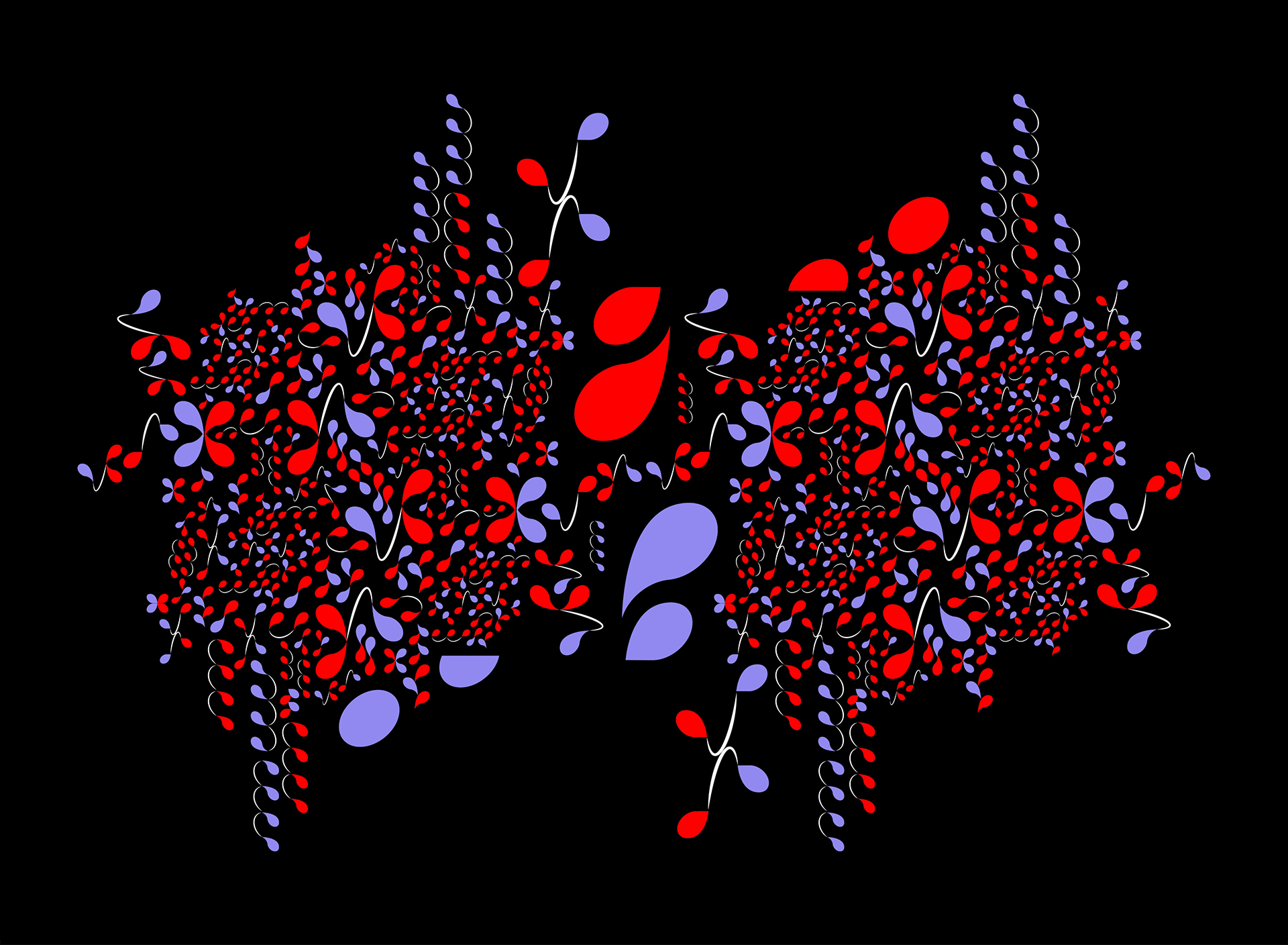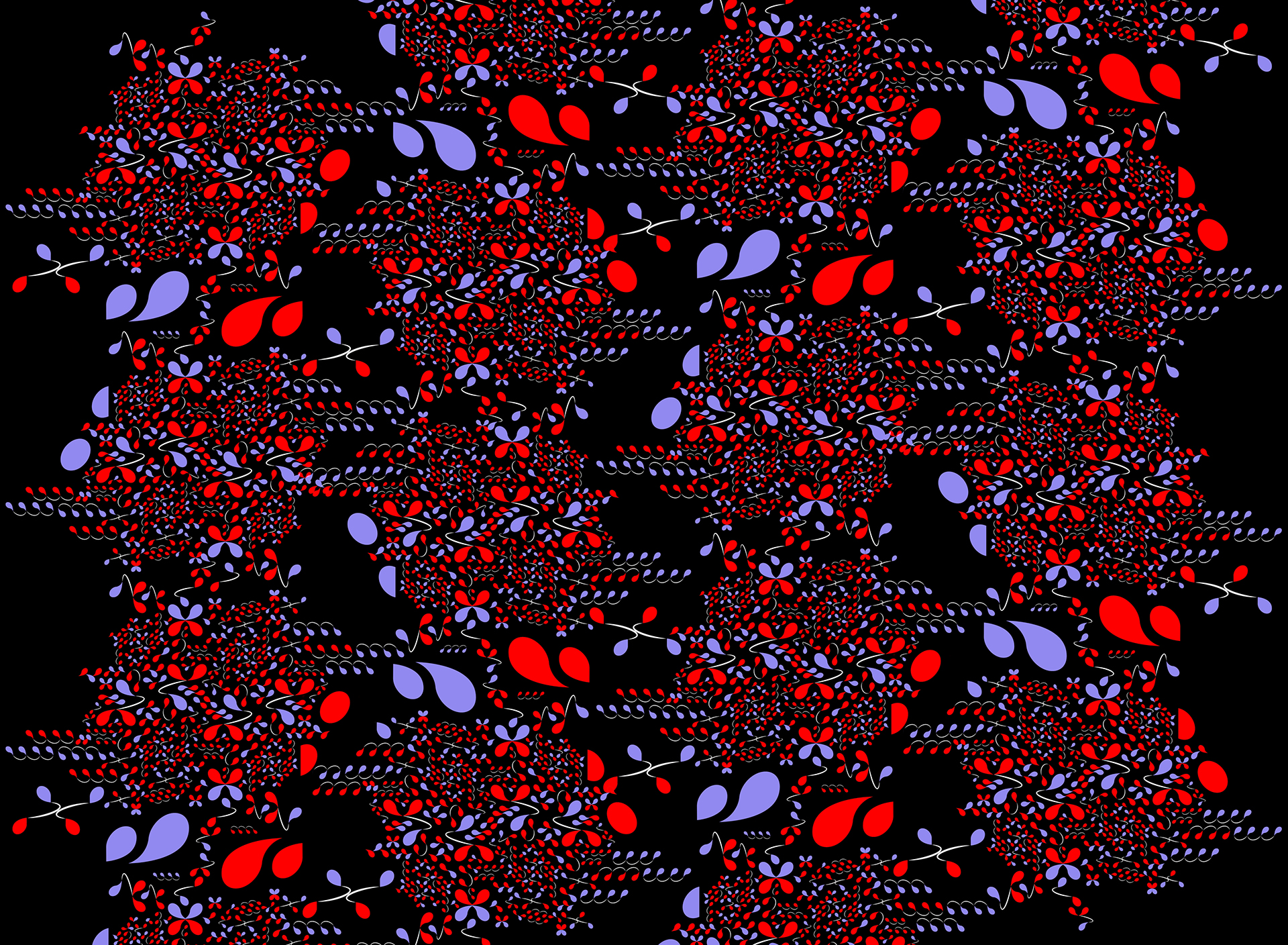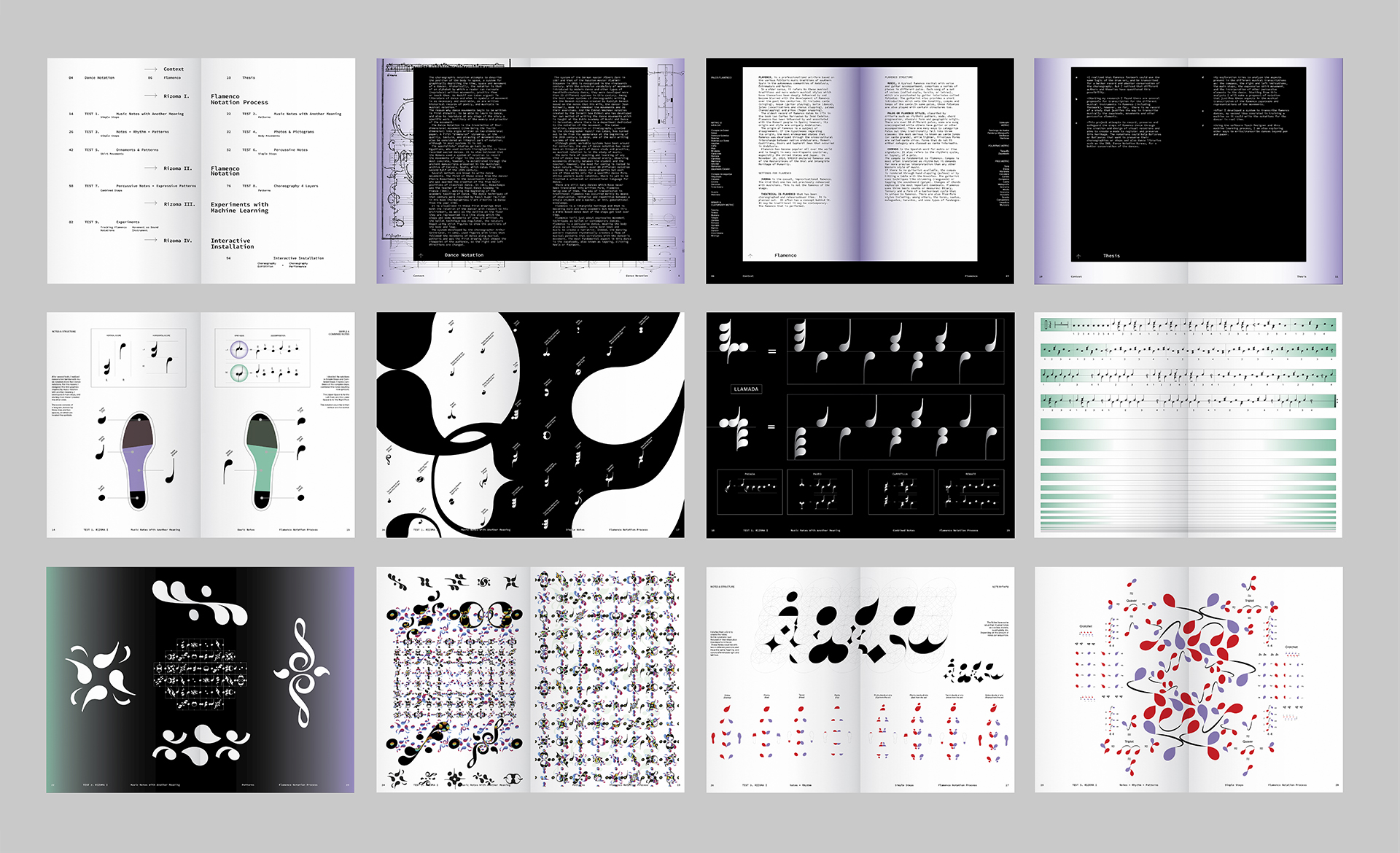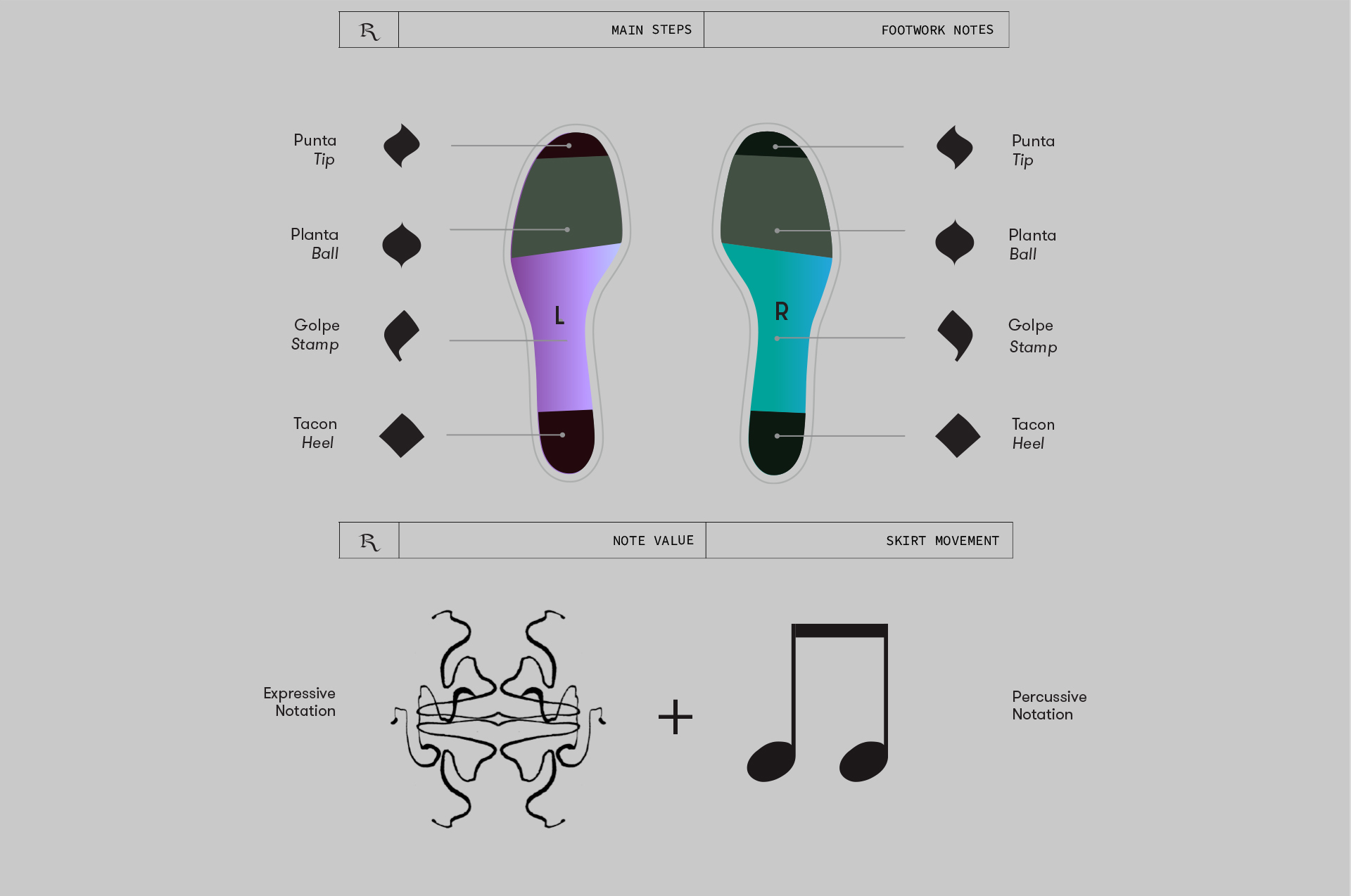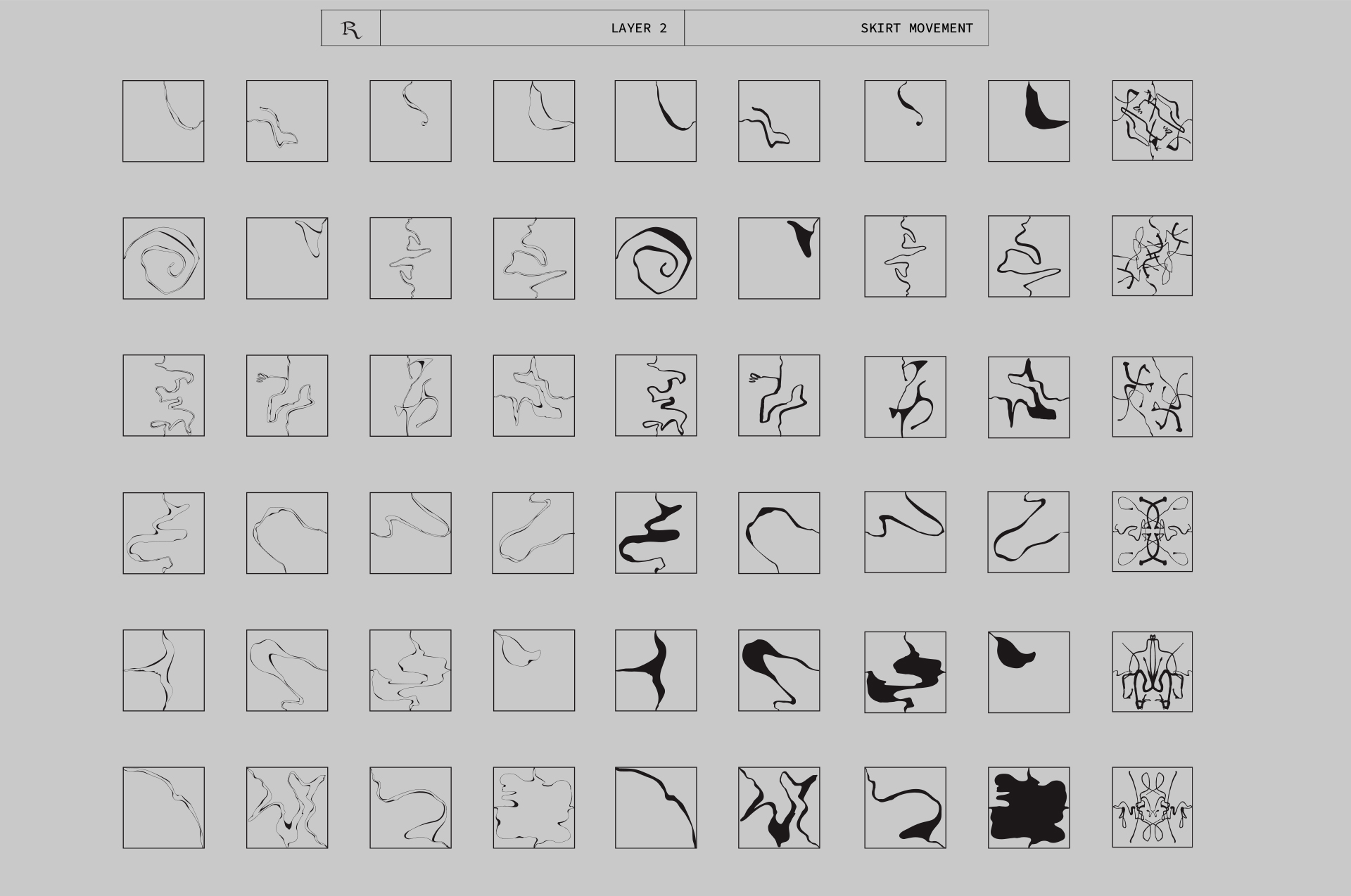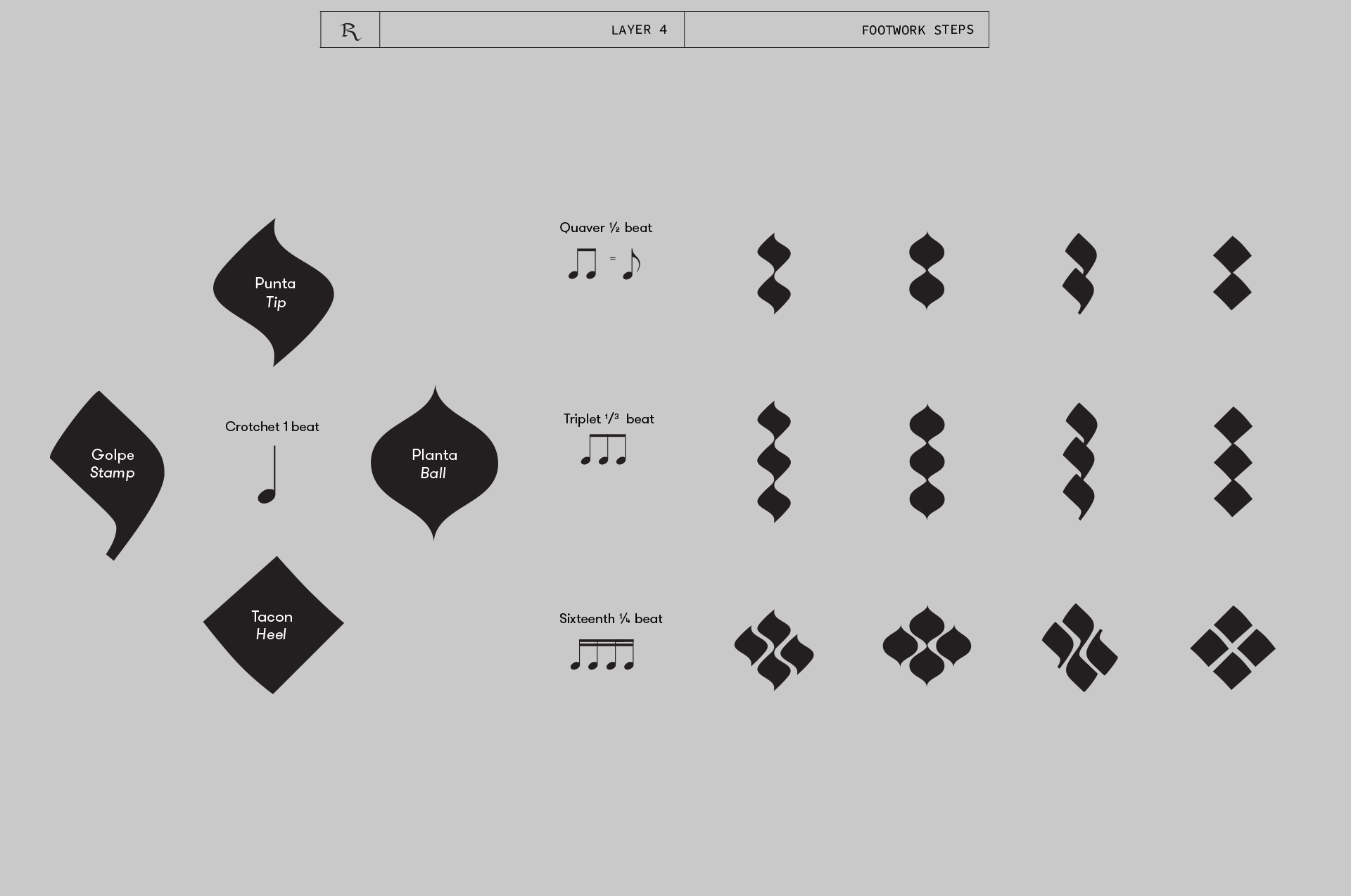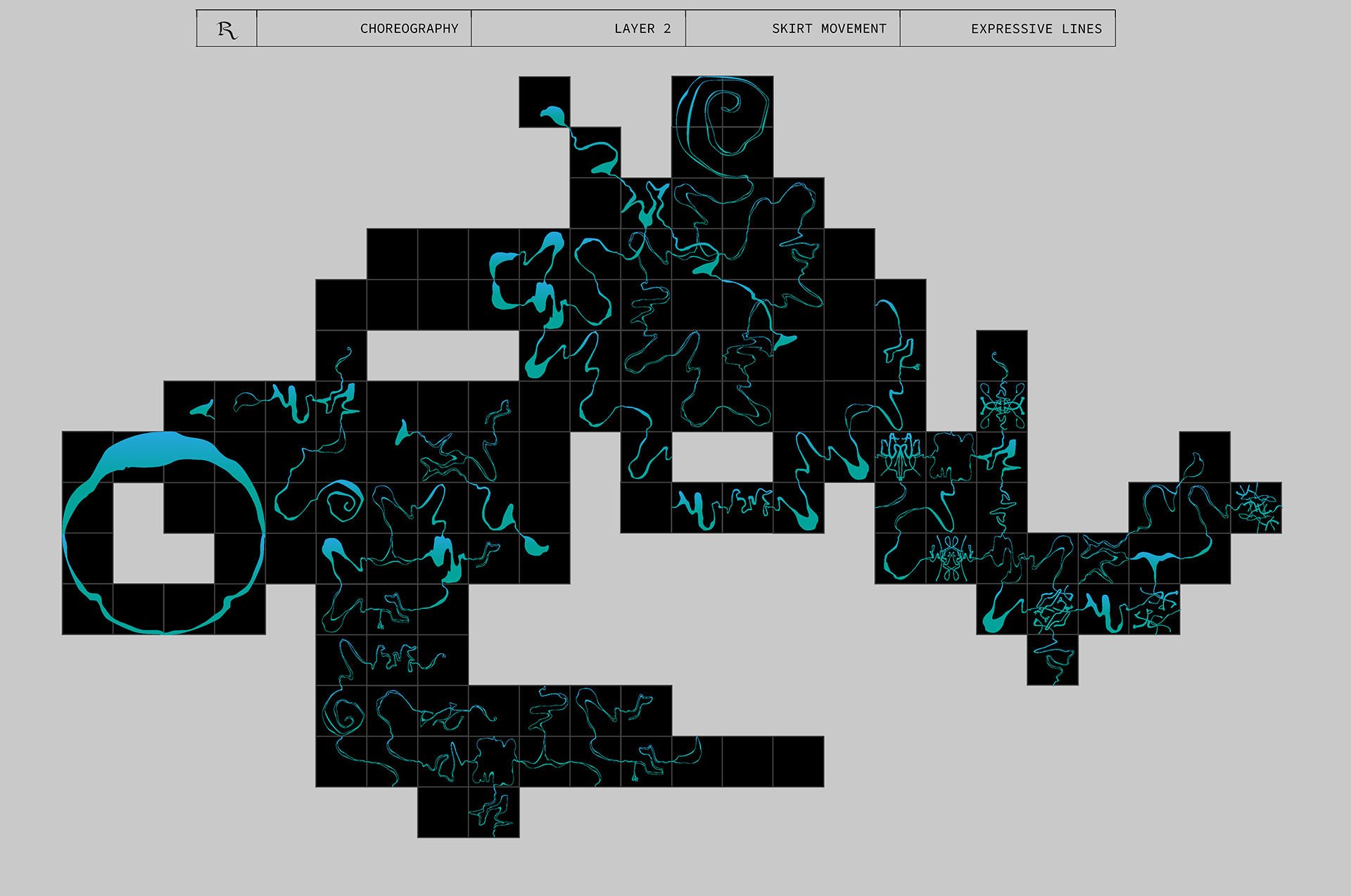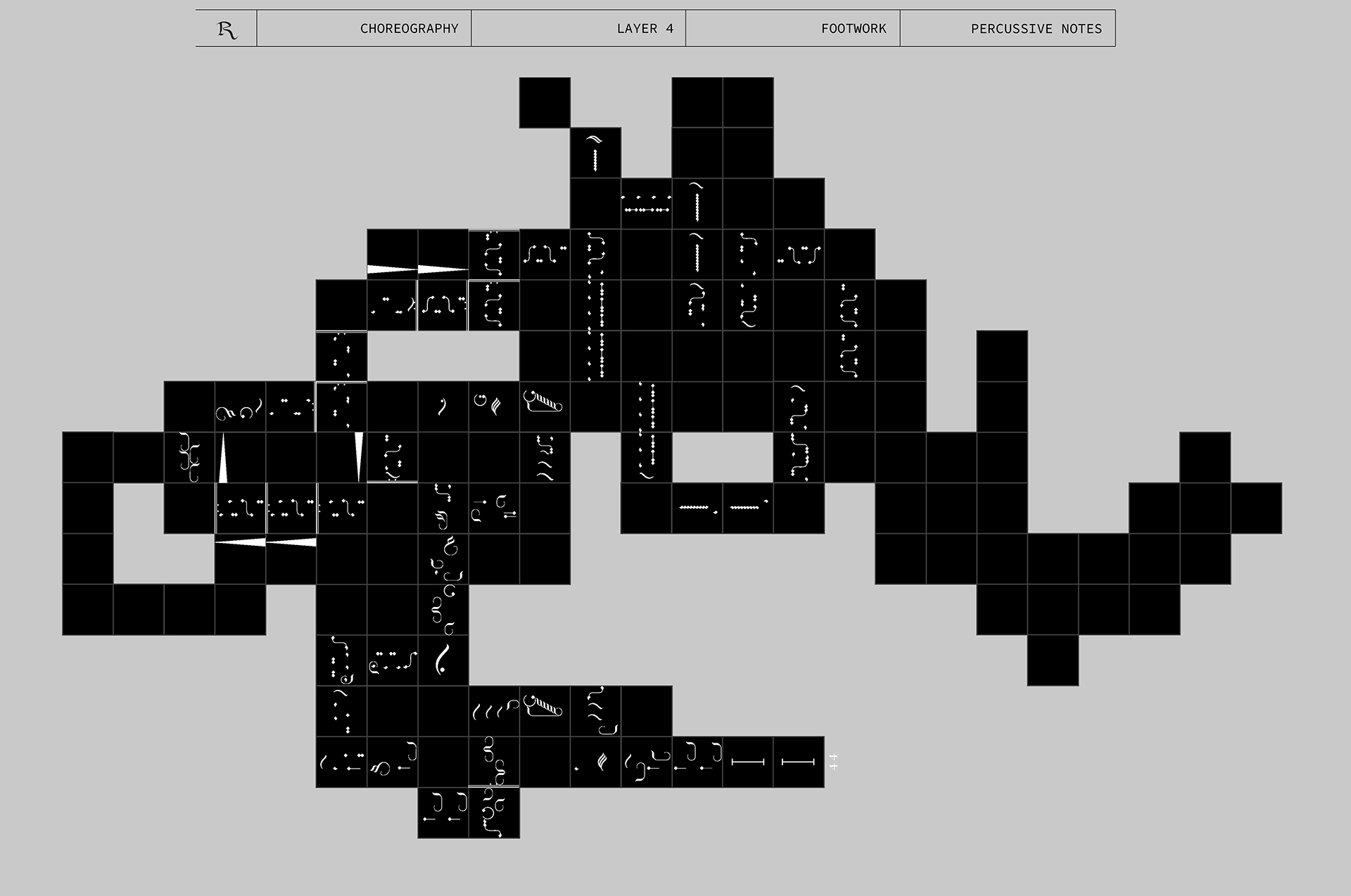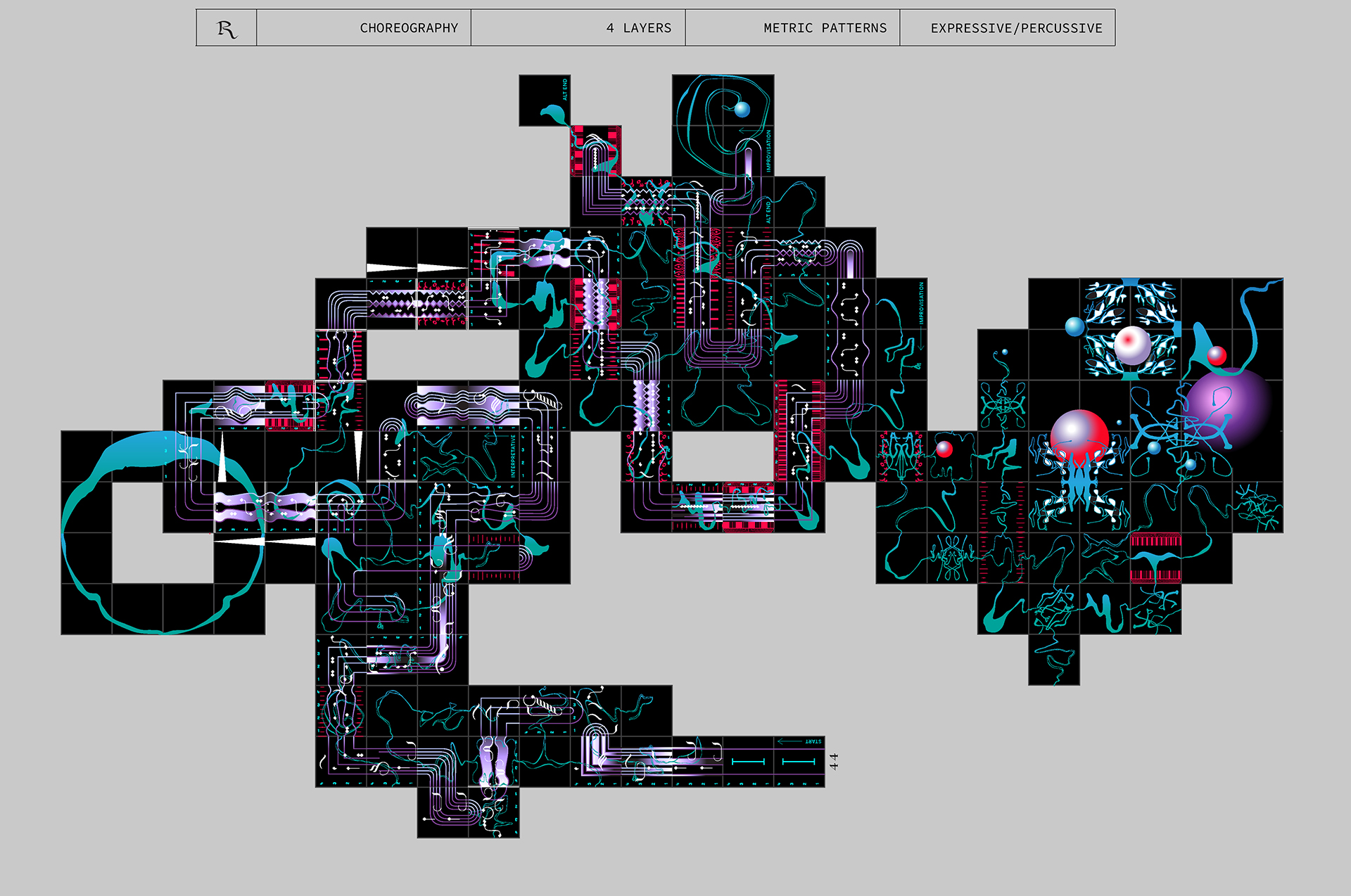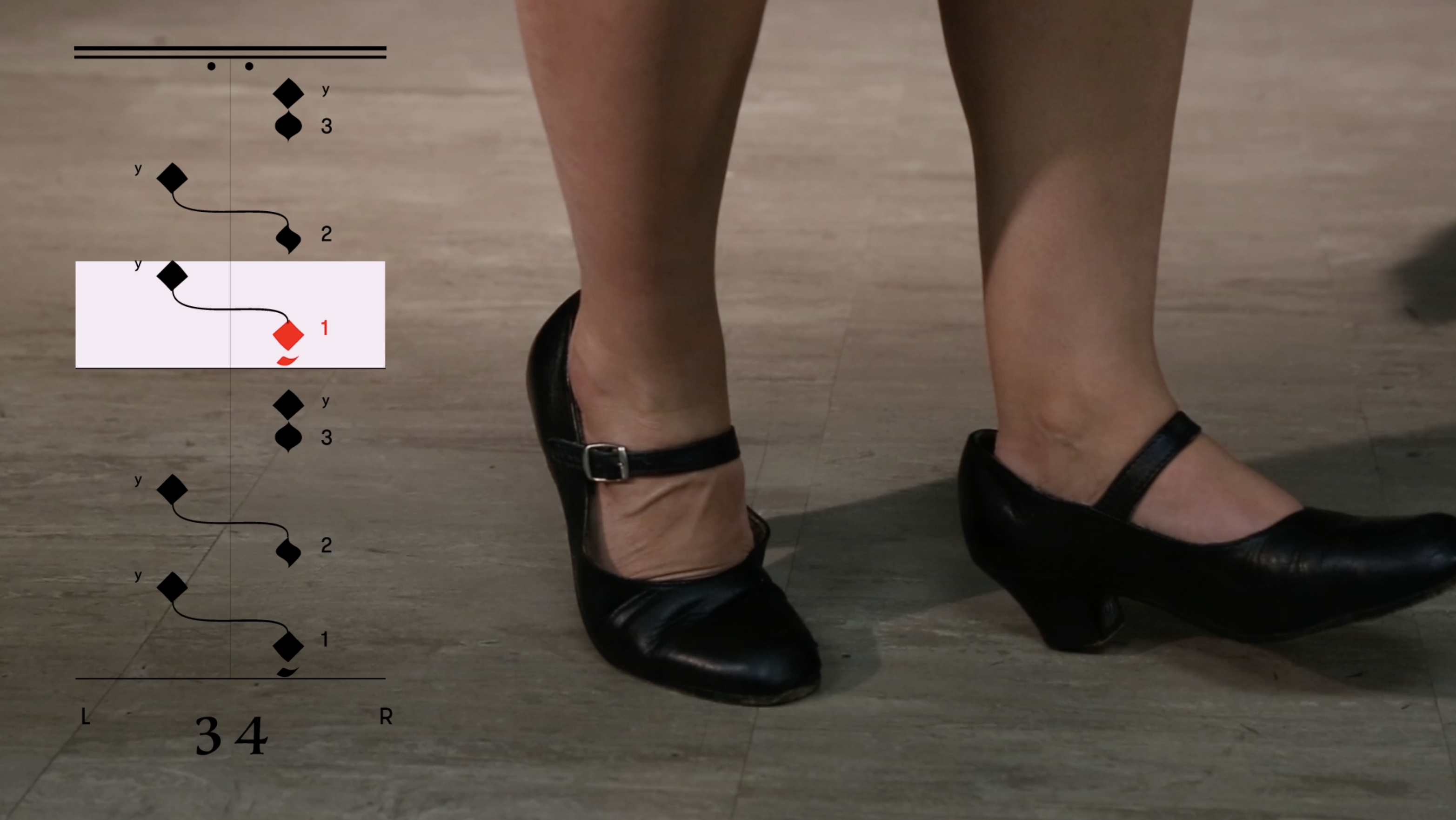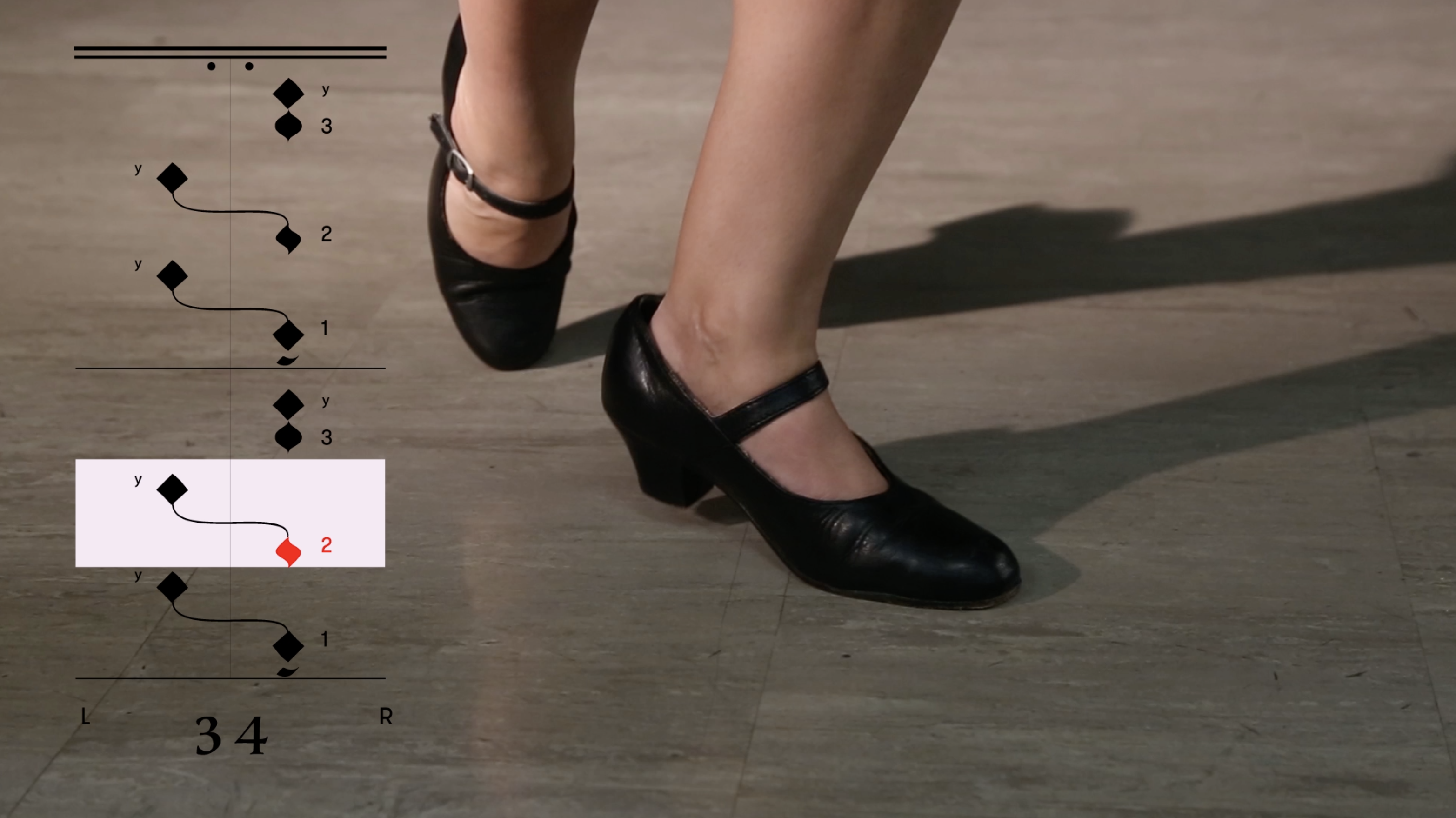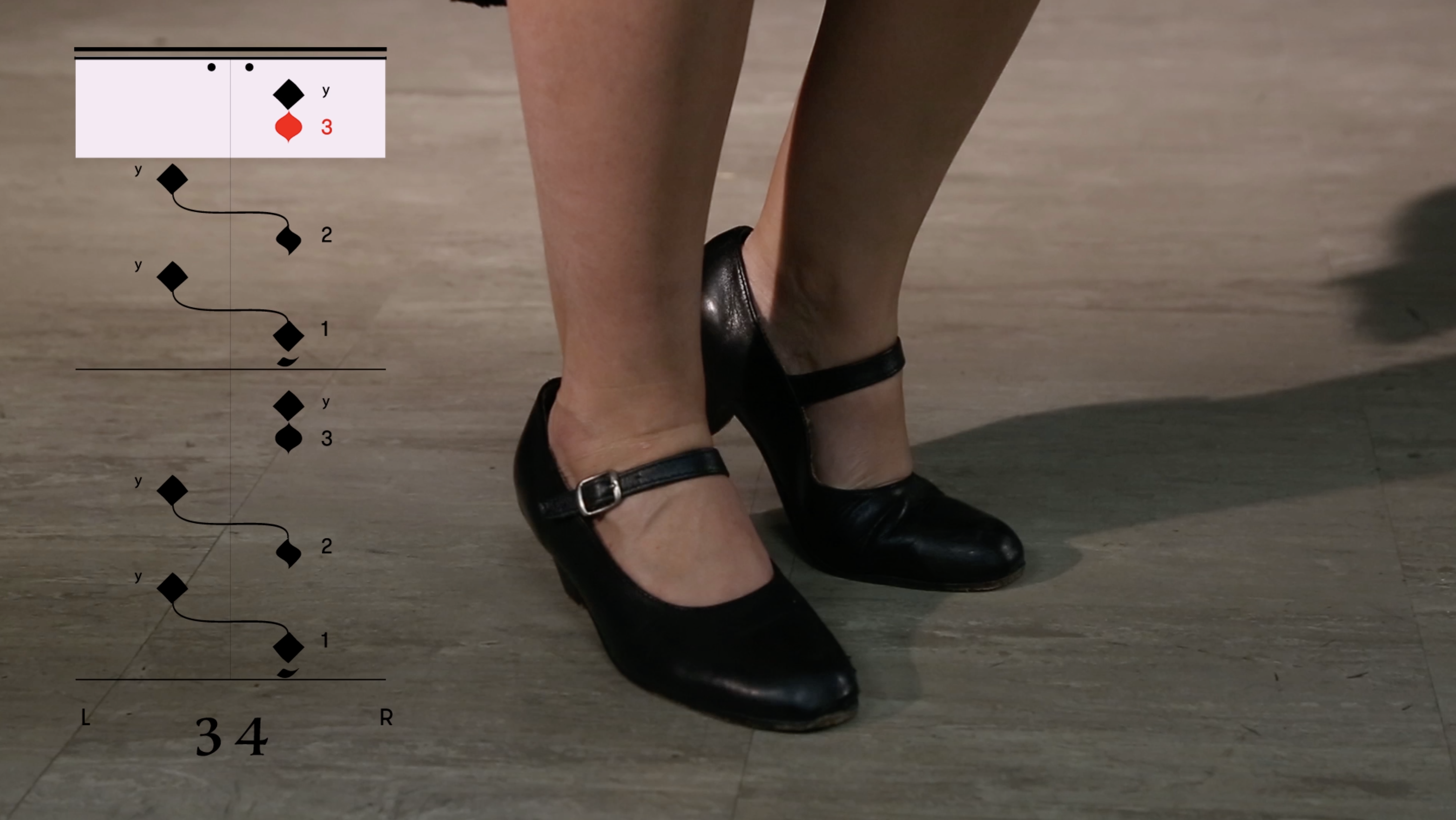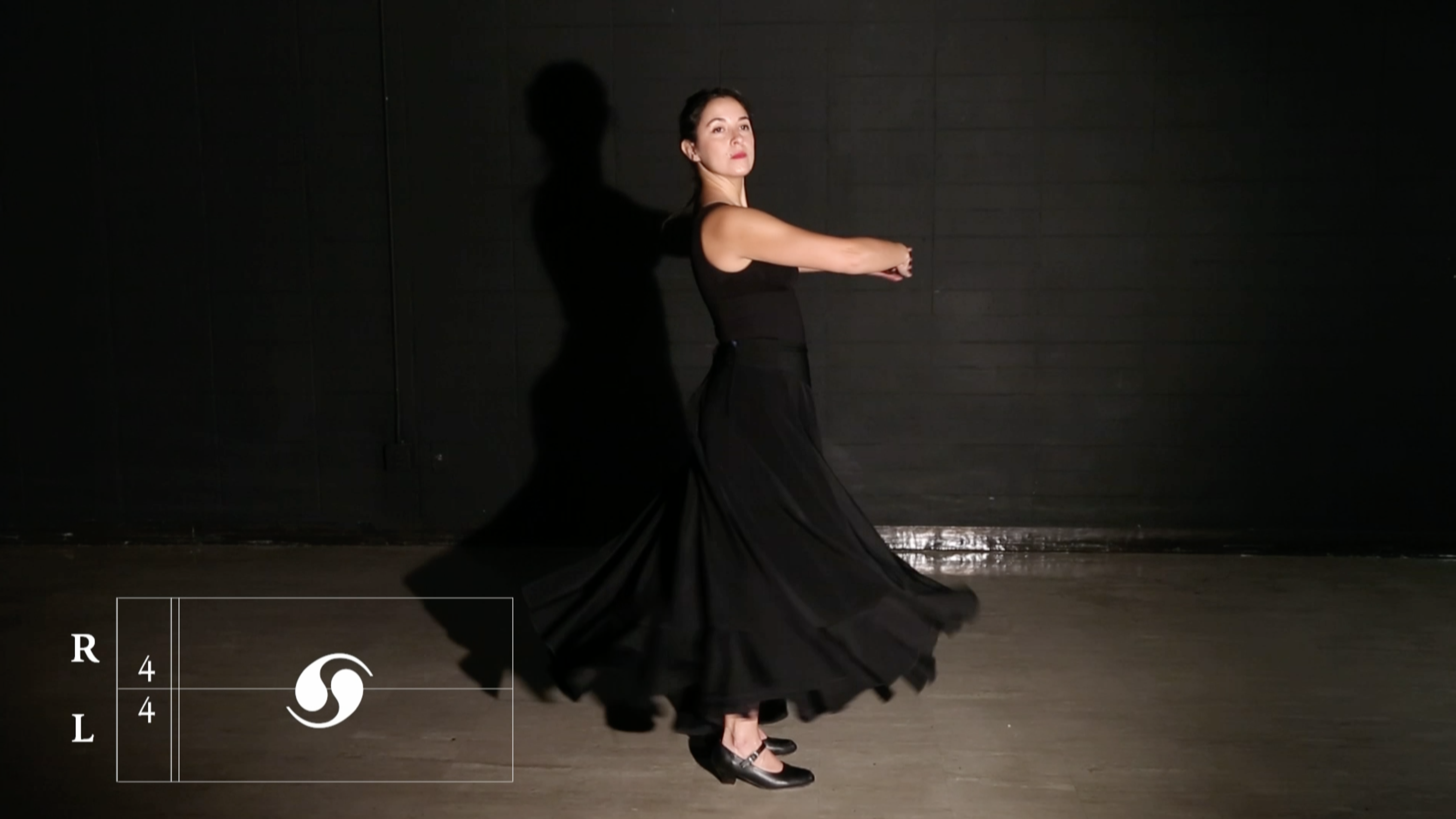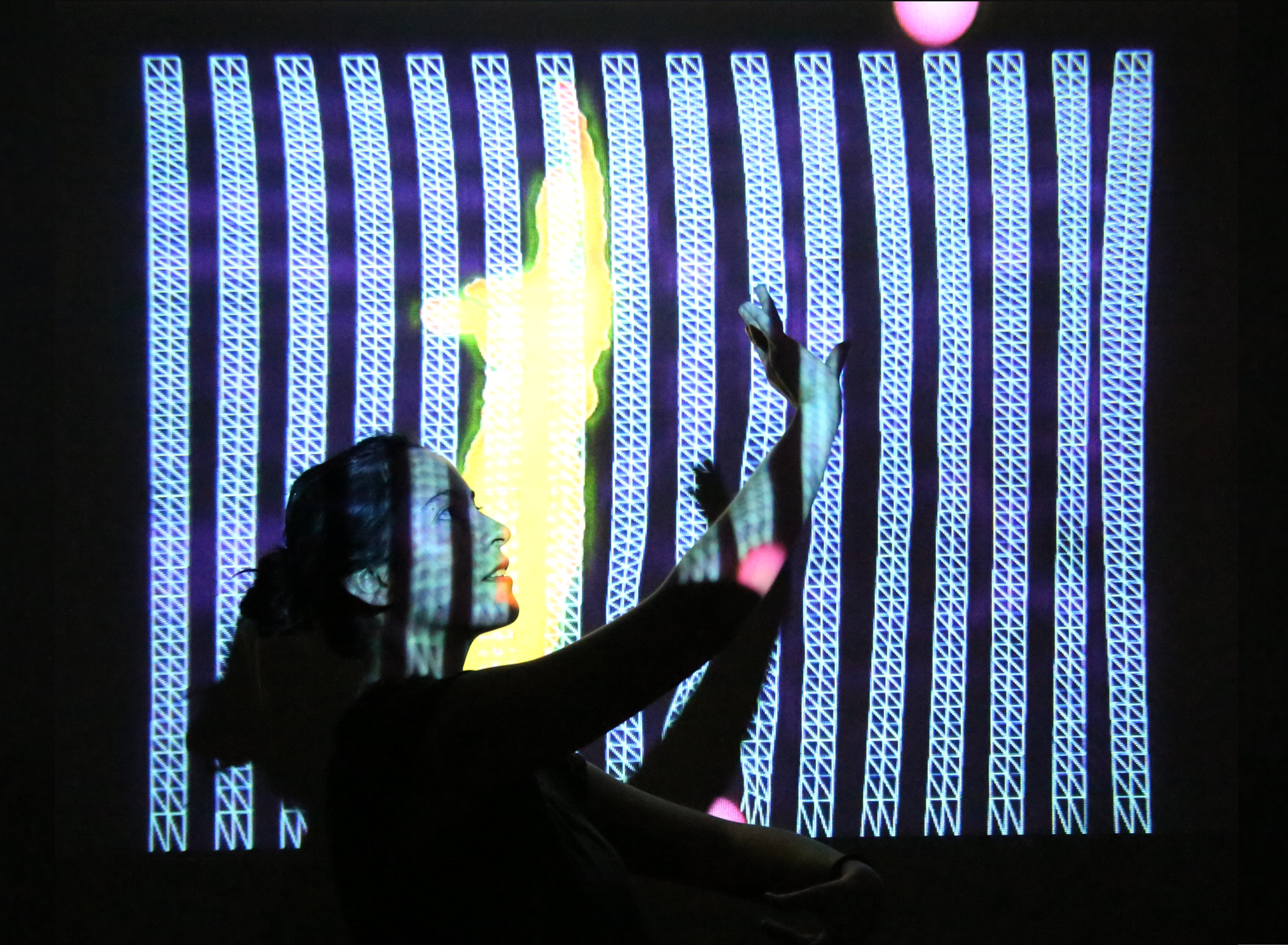Rizoma Project: Flamenco Notation System (Thesis)
2019
>The first project has a book form, which include the process and study of different notation systems. I made severals tests and exploration of graphics for footwork and expressive movement including the final notation.
>The second project is the final notation and the choreography sample. This Notation is specifically to write flamenco dances considering the percussive steps as footwork (zapateado), castanets/clapping (palmas) and expressive movements as skirt movements and direction of the dancer.
>The third project was a collaboration with Martin Velez, consisted in experiments with Machine Learning, teaching the computer to reconize the sounds of the steps to associate it with the graphics.
EN The main form of teaching and learning of any kind of dance has been produced orally, observing movements directly between the student and the teacher. However, the need for coding is rooted in human nature. There are over 80 different notation systems to write dance choreographies but each one of them works only for a specific dance form. Unlike western music notation, there is yet to be invented a universal or conventional language for dance.
There are still many dances which have never been translated into written form, Flamenco being one of them. The way of transmission in traditional Flamenco has occurred mainly by means of observation, imitation and repetition between a single student and a master, or generational knowledge.
Flamenco is a percussive dance, meaning the body plays as an instrument, using both beat and music to create a narrative. Indeed, the dancing pattern repeated rhythmically creates a flow of musical patterns that correlates with the dancer’s movement. The most fundamental aspect in this dance is the zapateado, also known as tapping, clicking heels or footwork.
This project attempts to record, preserve and safeguard the steps of flamenco dance through the creation and design of visual notations and aims to create a mode to register and preserve this heritage.
My exploration tries to analyze the aspects present in the different musical transcriptions as: the compass, the right and left indications, the main steps, the expressive skirt movement, and the incorporation of other percussive elements in the dance. Starting from this analysis I made a proposal of notation that justifies these aspects in the musical transcription of the flamenco zapateado and representations of the movements.
RIZOMA PROJECT WEBSITE -> rizomaflamenco